Fix: Bluetooth “Remove Failed” Error on Windows 11/10
The “Remove Failed” error occurs when something prevents a Bluetooth device from successfully disconnecting from your computer. While this issue can be caused by several factors, the most common reasons behind the error are outdated drivers and stopped services. This error appears to affect users across all Windows versions, but it is particularly prevalent among Windows 11 users.

To help you fix the Bluetooth Remove Failed error so you can disconnect the device from your system without any trouble, we’ve prepared this guide which will outline the easiest and quickest solutions for this problem.
1. Enable Airplane Mode
The first and easiest solution to this issue is to enable Airplane Mode on your system. When Airplane Mode is enabled, it disconnects all wireless connections from your system, including WiFi and Bluetooth. If you enable this mode and then disable it after a few seconds, it will effectively restart all your Bluetooth connections and will likely fix the issue.
Windows 10:
- Press Windows Key + I at the same time to open Settings.
- In the Settings Window, select Network & Internet.

- On the left side of the screen, click on Airplane Mode.
- Turn on Airplane Mode.
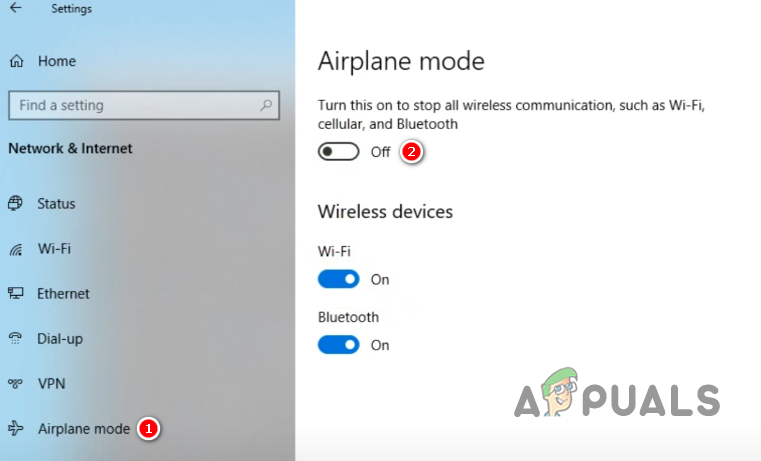
Windows 11:
- At the bottom-right of your screen, click on either the network, battery, or volume icon.
- Click on the Airplane Mode button.
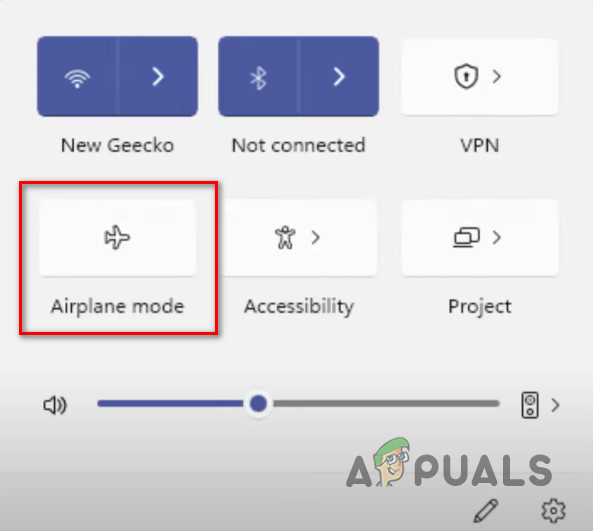
If you do not see an Airplane Mode button on Windows 11, simply click the pencil icon to add a button for it, then enable it.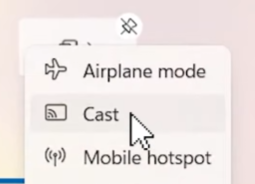
After enabling Airplane Mode, wait for a few seconds before disabling it. Once it’s disabled, try removing your Bluetooth device now. If you still experience the “Remove Failed” error, move on to the next solution below.
2. Run Bluetooth Troubleshooter
The next solution for this problem is to run Windows’ native Bluetooth Troubleshooter. This troubleshooter will scan your system’s Bluetooth functionality for any issues and if it finds something, it will automatically fix it.
Windows 10:
- Press the Windows Key to open the Start menu.
- Type “Troubleshoot Settings” and press enter.

- Click on “Additional Troubleshooters” and select Bluetooth.
- Press the “Run the troubleshooter” button.
After the troubleshooter finishes scanning your system, it will automatically fix any errors that it finds. In case it does not find any errors or is unable to fix the errors it found, try the next solution we’ve listed below.
3. Use Device Manager or Control Panel to Remove Device
Since removing the device from the Bluetooth menu isn’t working, the next best thing to do is to use Device Manager to manually remove the device from your system. Device Manager gives you an option to uninstall any device from your system, which does the same thing as removing it. Alternatively, you can also use the Control Panel to remove the device if Device Manager doesn’t do the job for you.
To remove the device using Device Manager, follow the steps we’ve listed below:
- Open the Start menu by pressing the Windows Key.
- Type “Device Manager” and press enter.

Opening Device Manager - In the Device Manager Window, press the View button at the top and select “Show hidden devices.”
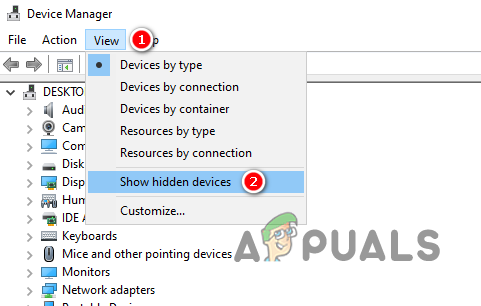
Revealing hidden devices - Press the small arrow next to Bluetooth to expand the list.
- Right-click on the device you want to remove and select “Uninstall device.”
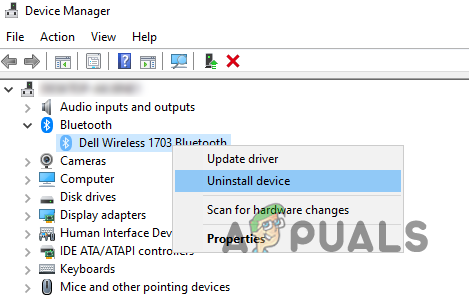
Removing the device from Device Manager - Press the Uninstall button.
To remove the device using the Control Panel, follow these steps:
- Type “Control Panel” in the Start menu and press enter.
- Click on “Hardware and Sound.”

Opening Hardware and Sound menu - Click on “Devices and Printers.”
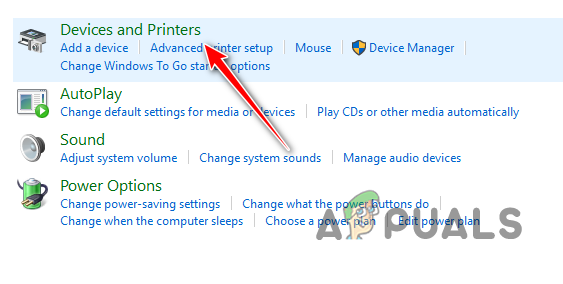
Opening Devices and Printers menu - Right-click on the desired device and select “Remove Device.”
4. Start All Bluetooth-Related Services
For your Bluetooth devices to work properly, there are certain services that need to be running in the background on your system at all times. These services allow your Bluetooth devices to function as intended. If any one of these services is stopped, you can face various Bluetooth problems including the one in question. The most important services that you need to ensure are running are:
- Device Association Services.
- Bluetooth Support Service.
- Bluetooth User Support Service.
- Bluetooth Audio Gateway Service.
To check whether these services are running, follow the steps we’ve written below:
- Type Services in the Start menu and press enter.
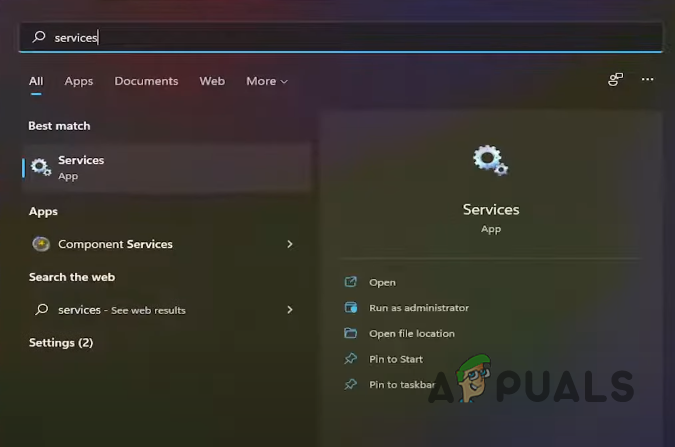
Opening Services menu - Locate the aforementioned services in the new Window.
- Double-click on each service, set its Startup Type to “Automatic” and press the Start button if the service is not running already.
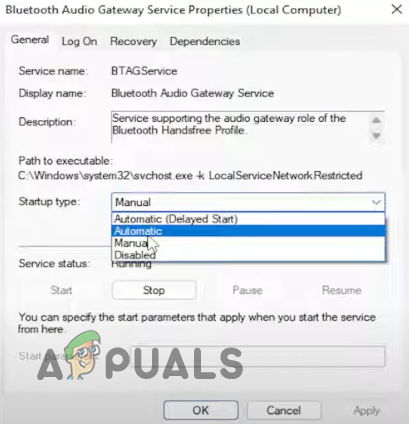
Starting Bluetooth Service - Click Apply then press OK.
5. Update Bluetooth Drivers
If you’re unable to remove the device even after starting all the necessary services, it may indicate an issue with your Bluetooth drivers. Drivers are software components that allow your system to use the connected peripherals properly. If your Bluetooth drivers are outdated and/or corrupt, it can lead to all kinds of issues with your Bluetooth devices, such as the one you’re currently experiencing.
To update your Bluetooth drivers, follow these steps:
- Open Device Manager, click on the View button at the top, and select “Show Hidden Devices.”

Revealing hidden devices - Expand the Bluetooth section.
- Right-click on your Bluetooth Adapter and select “Update Driver.”

Updating drivers - Select “Search automatically for drivers.”
- Wait for the drivers to be updated.
- Restart your system.
If Windows says that the driver is already up to date, open your browser and go to the website of your Bluetooth Adapter’s manufacturer. From there, you’ll be able to check whether you actually have the latest version of the driver. If there’s a newer version available, make sure to download it from the website and install it on your system.
6. Update Windows to the Latest Version
If you’re using an outdated version of Windows, chances are that it’s incompatible with your Bluetooth drivers or there’s some sort of bug in this Windows version that’s conflicting with the device. To fix this problem, all you need to do is update your Windows to the latest version. Follow the steps written below to do so:
Windows 10:
- Press Windows Key + I together to open Settings.
- Select “Updates & Security.”
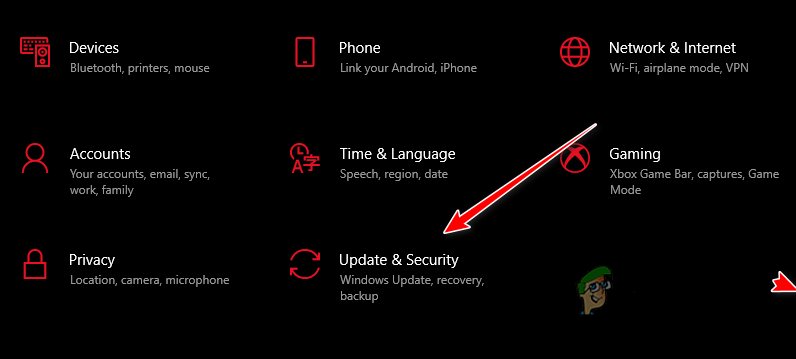
Opening Updates and Security menu - Press the Check for Updates button.
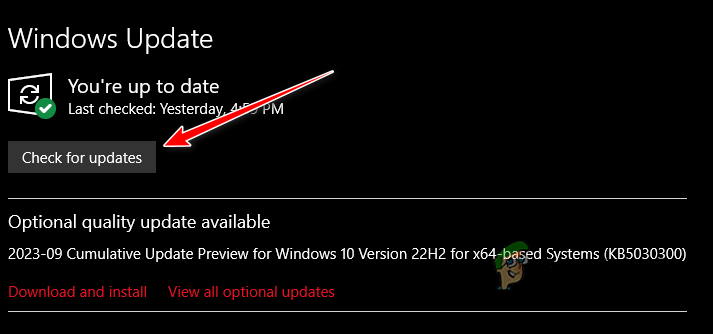
Checking for updates - Install any available updates.
Windows 11:
- Press the Windows Key, type Settings, and press Enter.
- In the System tab, press the “Windows Update” button on the right.
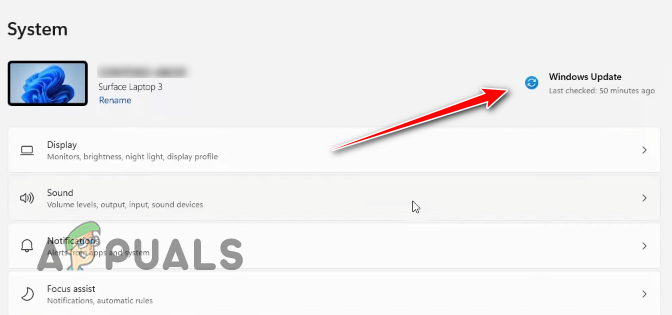
Navigating to the Windows Update menu - Press the “Check for Updates” button.
- If an update is available, press the “Download and Install” button.
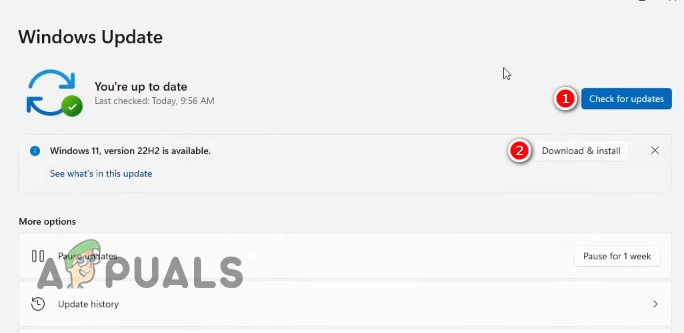
Installing the latest version of Windows 11
7. Contact Support
If you’ve tried every solution listed above and you’re still experiencing the Bluetooth “Remove Failed” error, the only thing left for you to do is to contact the Support Team of your device’s manufacturer. Head over to their website and visit the “Support” section. From there, you’ll be able to submit a ticket where you can describe your situation and request assistance.
If there’s no option on the website to submit a ticket, simply send an email to the manufacturer and they’ll guide you from there.
 Reviewed by
Reviewed by 



